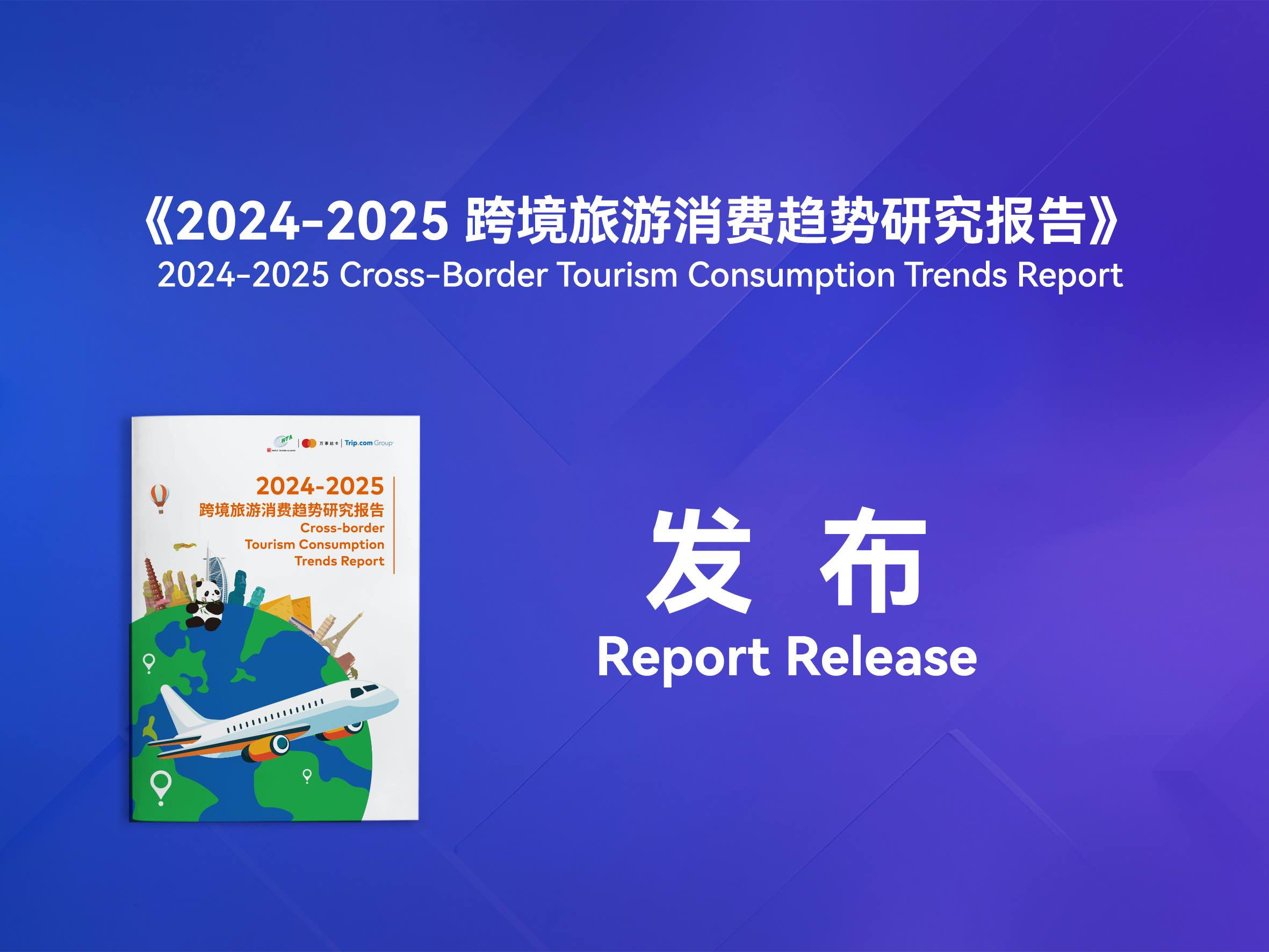2025.11.21
HANGZHOU – The World Tourism Alliance (WTA) released two research reports during the Xianghu Dialogue on November 19: "2024-2025 Cross-Border Tourism Consumption Trends Report" and "From Poverty Alleviation to Rural Revitalization: China’s Practice in Sustainable Rural Development Through Tourism".

The 2024-2025 Cross-Border Tourism Consumption Trends Report was jointly launched by the WTA in collaboration with Mastercard and Trip.com Group. Drawing on Mastercard’s consumer insights from Q3 2024 to Q2 2025 and Trip.com Group’s inbound and outbound booking data, the report provides a systematic analysis of global tourism trends and the evolving consumption patterns, and demand characteristics of China’s inbound and outbound travel markets.
Key findings from the report include:
• The global tourism industry continues its growth trajectory, with experience-driven travel remaining a key growth driver. Sports events and entertainment performances are proving particularly effective in attracting visitors.
• Outbound travel from mainland China shows a steady increase in both traveler numbers and total spending. Short-haul and niche destinations are gaining popularity rapidly.
• Factors such as optimized visa policies, the promotional effect of sports and entertainment events, and the recovery of international flight routes are stimulating outbound travel.
• Distinct travel preferences are emerging across different demographic groups, including Gen Z, family travelers, and seniors, fueling trends toward experiential, exploratory, niche, and personalized trips.
• Inbound tourism to China is experiencing strong growth, supported by visa exemptions and facilitation policies. The number of visitors entering under visa-free arrangements has risen significantly, along with the average length of stay.
• While first-tier cities remain top destinations, emerging third- and fourth-tier cities are also seeing notable growth in inbound arrivals.
• Shopping, dining, and health-related consumption have seen significant growth, with inbound tourism consumption becoming increasingly diversified.
The World Tourism Alliance (WTA) established a dedicated research team to document and analyze the evolution of China’s rural tourism during the five-year transition period following its nationwide poverty alleviation campaign. Drawing from nearly 300 cases published by the WTA over the past seven years — focused on Poverty Alleviation Through Tourism and Rural Revitalization Through Tourism — the team selected about 50 cases for systematic review. 10 representative cases from these were studied in depth to illustrate the underlying logic and sustainable development pathways of rural tourism in China. The resulting report provides valuable insights and lessons for global stakeholders engaged in poverty reduction and rural revitalization.

The report synthesizes China’s rural tourism trajectory from targeted poverty alleviation to sustainable revitalization, with particular attention to the evolution of macro-level policy frameworks and the design of mechanisms to prevent the reoccurrence of poverty. It highlights how the Chinese government has employed a range of policy instruments centered on industrial integration to diversify local economies, comprehensive planning to enable multi-stakeholder collaboration, and resource mobilization to build an integrated tourism ecosystem.
According to the report, these approaches have produced tangible results in advancing poverty alleviation through tourism and sustainable rural revitalization. Looking ahead, as China’s tourism policy framework continues to mature, future initiatives for rural sustainability are expected to exhibit several defining trends: enhanced interdepartmental coordination and policy innovation, greater emphasis on digital enablement, and deeper efforts to unlock the cultural and ecological value of rural regions.
The report also underscores the dynamic nature of poverty and stresses the importance of enhancing resilience in poverty alleviation efforts. Drawing from China’s experience, it identifies four key governance pathways to prevent a return to poverty:
• Fostering self-driven growth by strengthening internal motivation among populations lifted out of poverty;
• Cultivating modern values to break intergenerational cycles of poverty;
• Enhancing livelihood capabilities to build long-term resilience; and
• Encouraging community participation to strengthen development aspirations.
Together, these findings outline a framework that can inform global practices in poverty alleviation and rural revitalization.